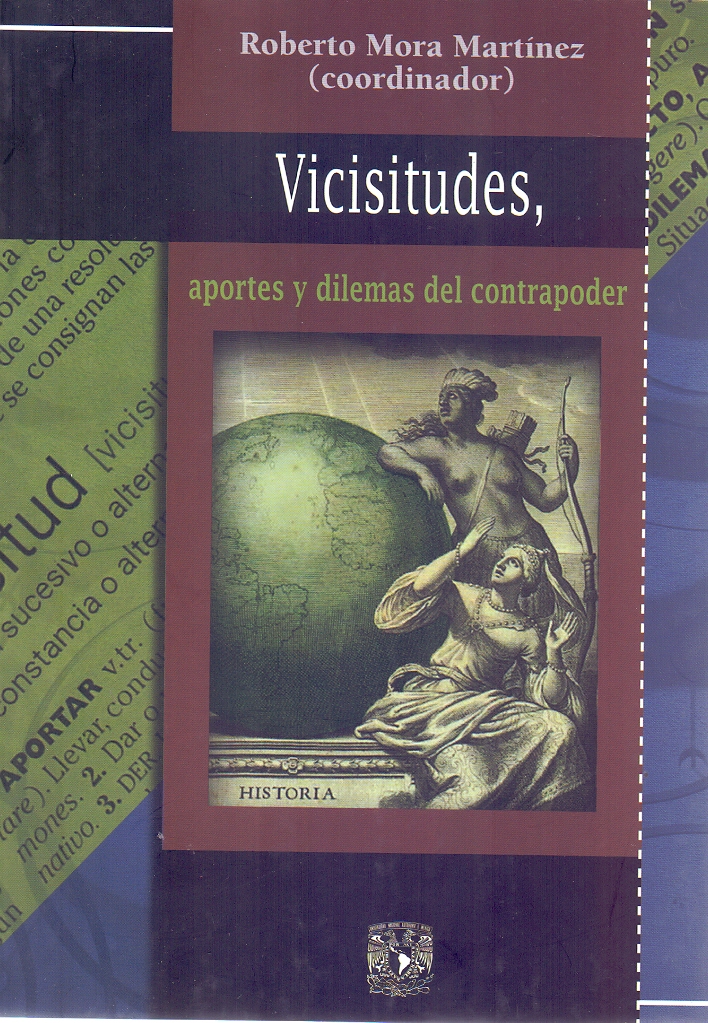Libros relacionados
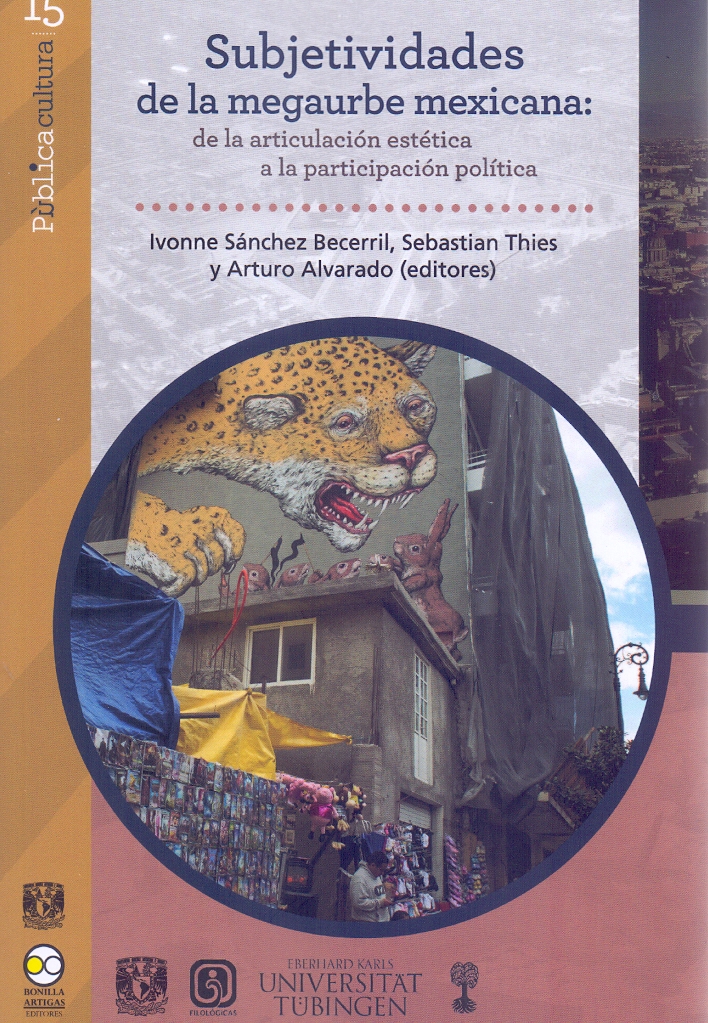 |
Subjetividades de la Megaurbe Mexicana: de la Articulación Estética a la Partici Ivonne Sánchez Becerril, Sebastian Thies, Arturo Alvarado Bonilla Artigas Editores |
 |
La Configuración Corporativa del Sindicato Nacional de Trabajadores del Seguro S Ocampo Merlo, Rodrigo Eduardo Bonilla Artigas Editores |
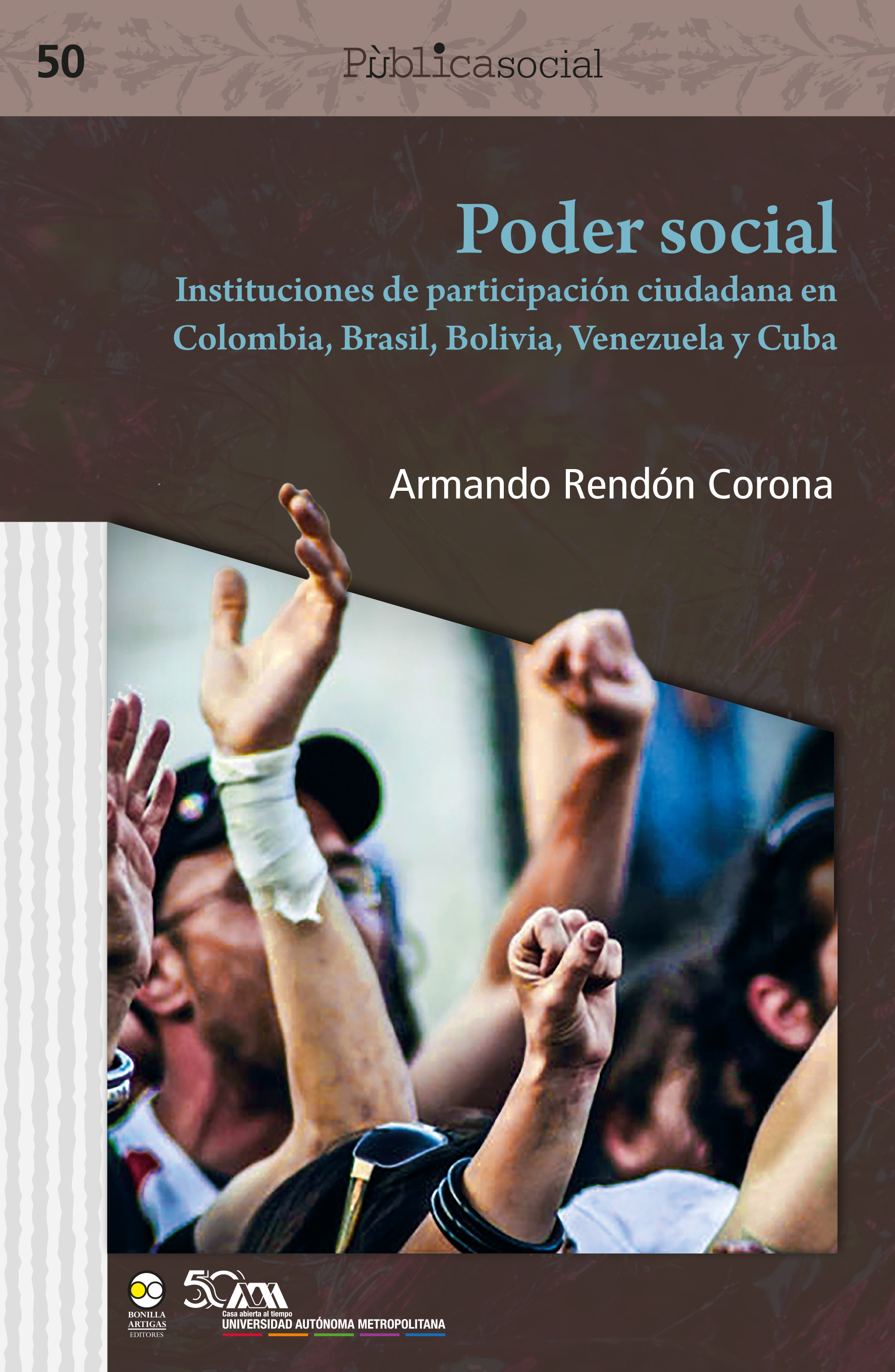 |
Poder Social. Instituciones de Participación Ciudadana Armando Rendón Corona Bonilla Artigas Editores |
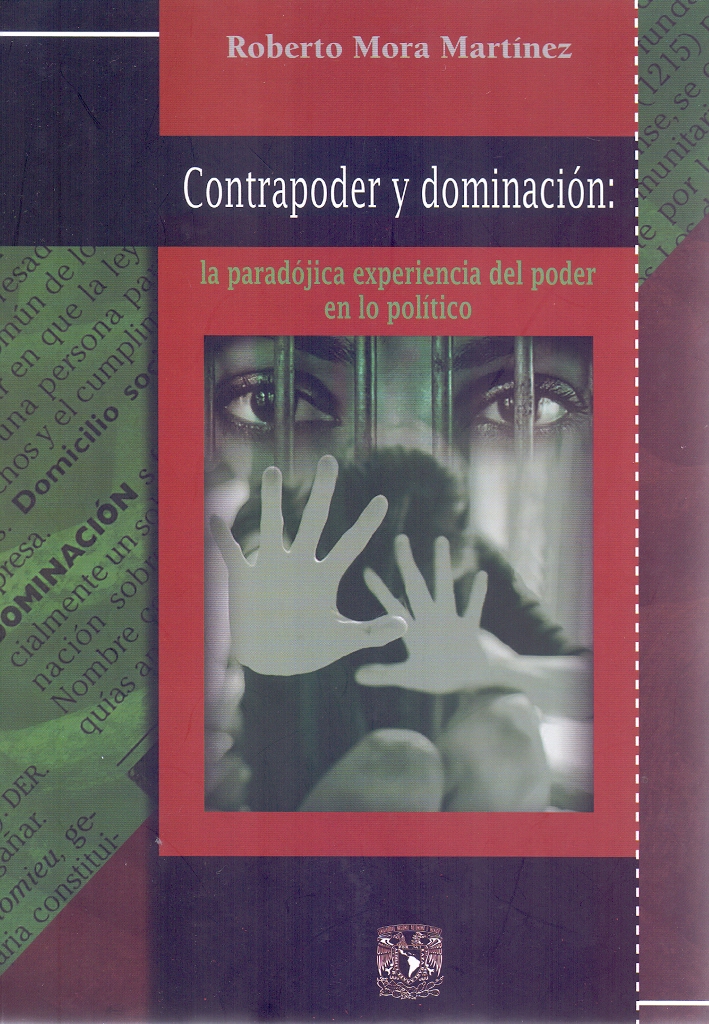 |
Contrapoder y Dominación: la Paradójica Experiencia del Poder en Lo Político Mora Martínez, Roberto Bonilla Artigas Editores |
 |
Derecho, Despojo y Luchas Sociales: Análisis Sociojurídicos y Testimonios de Lu Hernández Cervantes, Aleida; López Bárcenas, Francisco Bonilla Artigas Editores |
 |
Mujeres en Círculo: Espiritualidad y Corporalidad Femenina Ramírez Morales, María del Rosario Bonilla Artigas Editores |
 |
Por una Sociedad Más Justa: Mujeres Comunistasen México, 1919-1935 Cueva Tazzer, María de Lourdes Bonilla Artigas Editores |
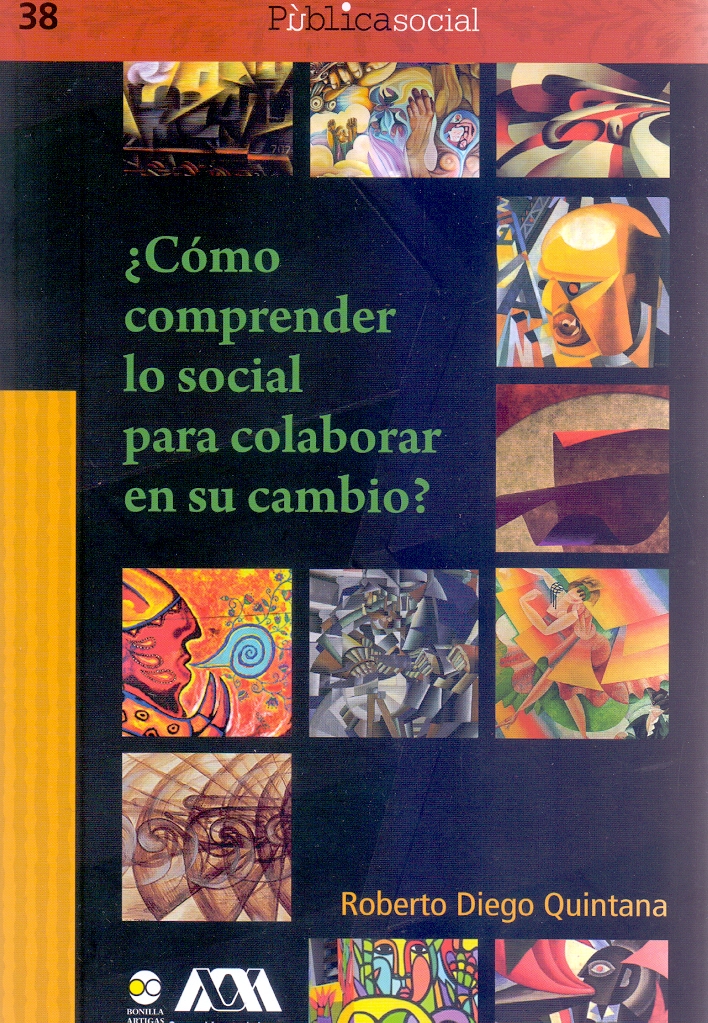 |
¿Cómo Comprender Lo Social Para Colaborar en Su Cambio? Diego Quintana, Roberto Bonilla Artigas Editores |


|
Título: Our Sacred Maíz Is Our Mother: Indigeneity And Belonging In The Americas | |
| Autor: Roberto Cintli Rodríguez | Precio: $595.00 | |
| Editorial: University Of Arizona | Año: 2014 | |
| Tema: Ciencias Sociales | Edición: 1ª | |
| Sinopsis | ISBN: 9780816530618 | |
| "If you want to know who you are and where you come from, follow the maíz." That was the advice given to author Roberto Cintli Rodriguez when he was investigating the origins and migrations of Mexican peoples in the Four Corners region of the United States.
Follow it he did, and his book Our Sacred Maíz Is Our Mother changes the way we look at Mexican Americans. Not so much peoples created as a result of war or invasion, they are people of the corn, connected through a seven-thousand-year old maíz culture to other Indigenous inhabitants of the continent. Using corn as the framework for discussing broader issues of knowledge production and history of belonging, the author looks at how corn was included in codices and Mayan texts, how it was discussed by elders, and how it is represented in theater and stories as a way of illustrating that Mexicans and Mexican Americans share a common culture. Rodriguez brings together scholarly and traditional (elder) knowledge about the long history of maíz/corn cultivation and culture, its roots in Mesoamerica, and its living relationship to Indigenous peoples throughout the continent, including Mexicans and Central Americans now living in the United States. The author argues that, given the restrictive immigration policies and popular resentment toward migrants, a continued connection to maíz culture challenges the social exclusion and discrimination that frames migrants as outsiders and gives them a sense of belonging not encapsulated in the idea of citizenship. The "hidden transcripts" of corn in everyday culture_art, song, stories, dance, and cuisine (maíz-based foods like the tortilla)_have nurtured, even across centuries of colonialism, the living maíz culture of ancient knowledge. |
||
Librería Bonilla SA de CV © Todos los derechos reservados. 2019
Última actualización: Jul 2019



